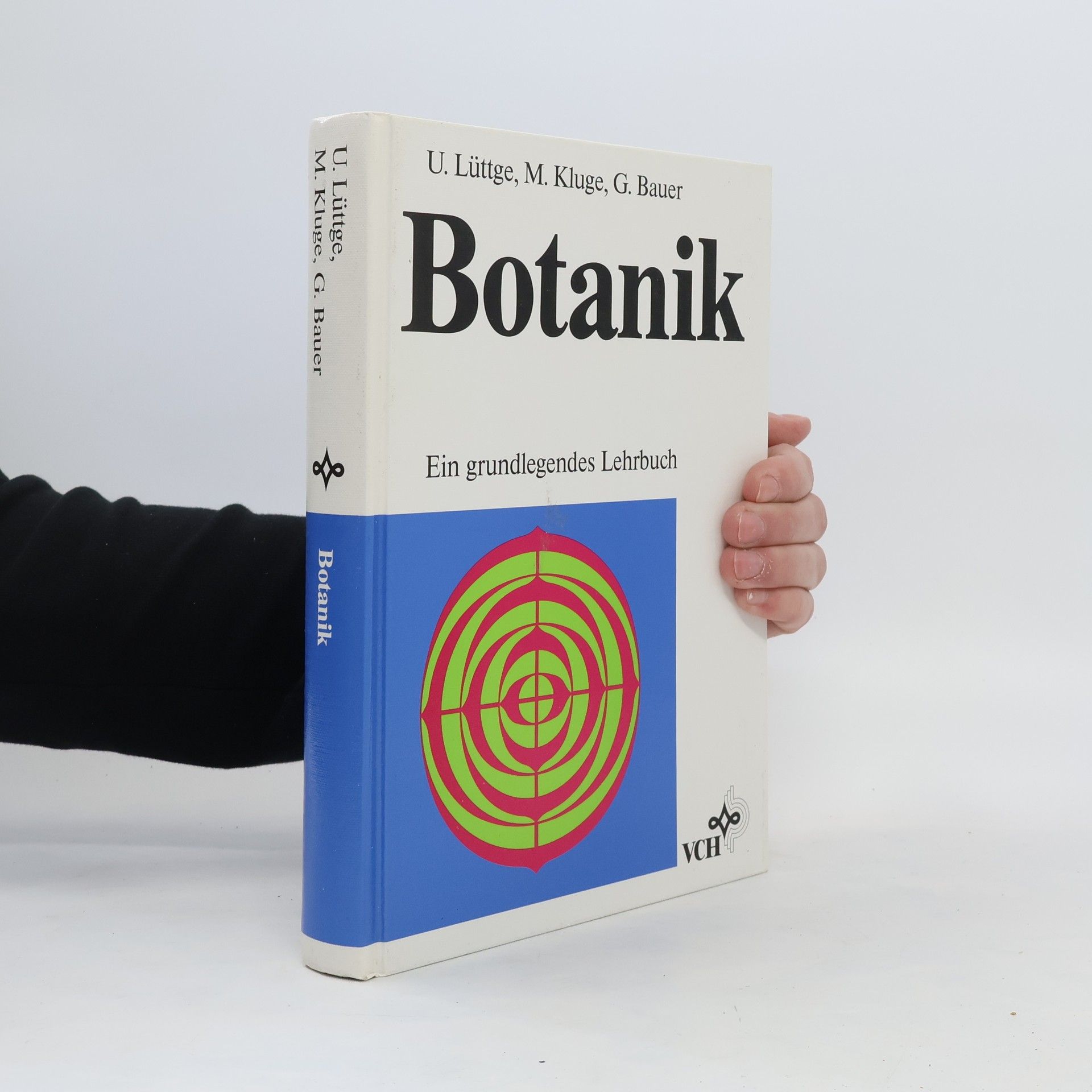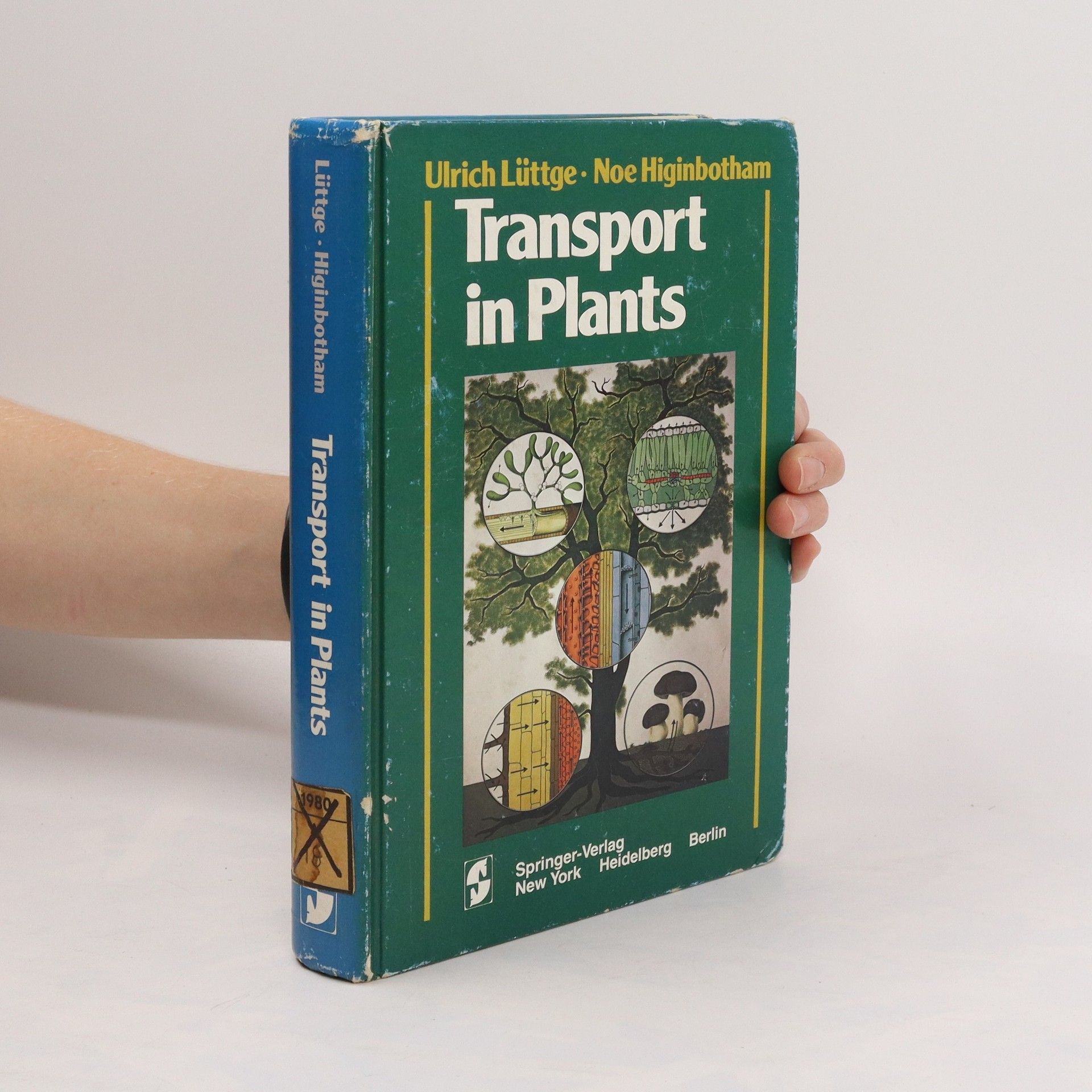Ulrich Lüttge Boeken


Das Werk schafft alle Voraussetzungen für die Botanikprüfung im Vordiplom. Darüber hinaus ist es auch geeignet für interessierte Leser in Schulen und Hochschulen, in Landwirtschaft und Industrie, deren Arbeit pflanzliches Leben berührt oder durch pflanzliches Leben berührt wird. Für die vierte Auflage wurde wiederum der gesamte Inhalt überprüft und auf den neuesten Stand gebracht, ohne dabei die Stoffmenge deutlich zu erweitern. Das verbesserte Layout der vorangegangenen Auflage zur leichteren Lesbarkeit und klareren Strukturierung der Inhalte wurde beibehalten.